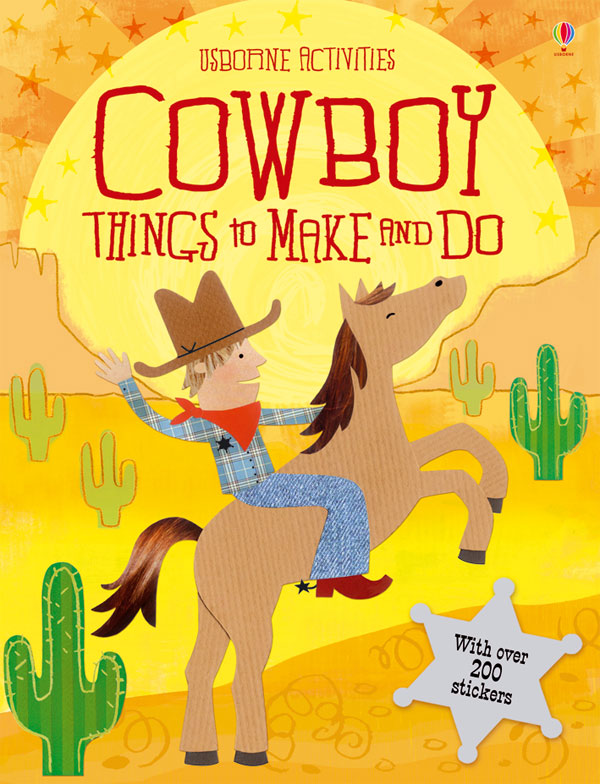Learn through art
Theater can be another tool in the classroom with which to make children learn and internalize a second language while having fun.
Benefits of theater to learn English in children:
- Learning English through dramatization and theater, implies using language in a more meaningful way since language is used in context and interactively, so that children quickly acquire more fluency and ease.
- It also greatly improves pronunciation. The ear becomes familiar with the correct intonation and the accents of the teachers. This is the first step to end up pronouncing English as a native.
- Learning English through theater helps children develop their own creativity and have a more open mindset. This is not only beneficial for learning English, but for many other cross-cutting aspects of children's education that will make them grow as people.
- Children learn new vocabulary and structures in English very quickly, since by using them in context, and having to memorize them to represent them later, it helps them to fix them in memory.
- Finally, one of the most prominent benefits of using theater to learn English in children is the increase in confidence and self-esteem. Many times, although children have learned many things in class, they feel ashamed to use them, because they don't have the right context. Within the theater environment, it is very easy to be encouraged to speak English, and sometimes the shame that public speaking (and more in another language) can cause in front of many people.
For all this we do not hesitate to take the theater to the classroom to teach English to children.










